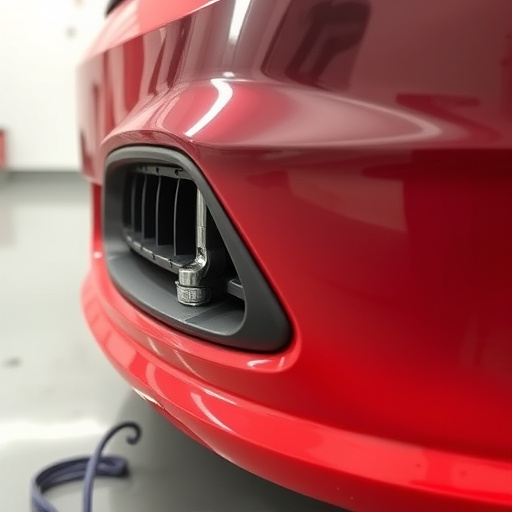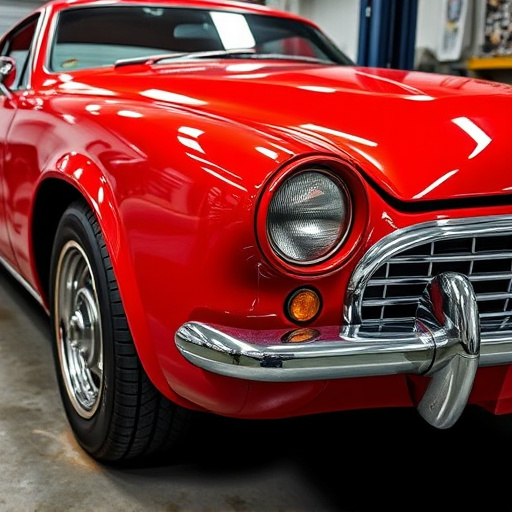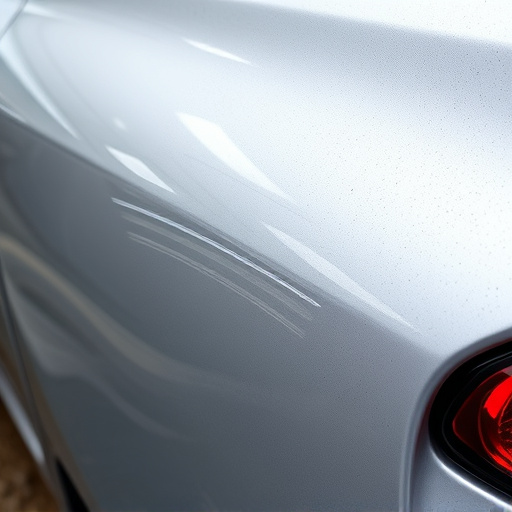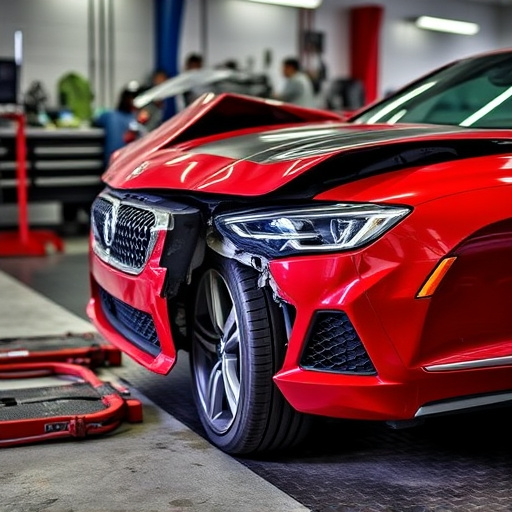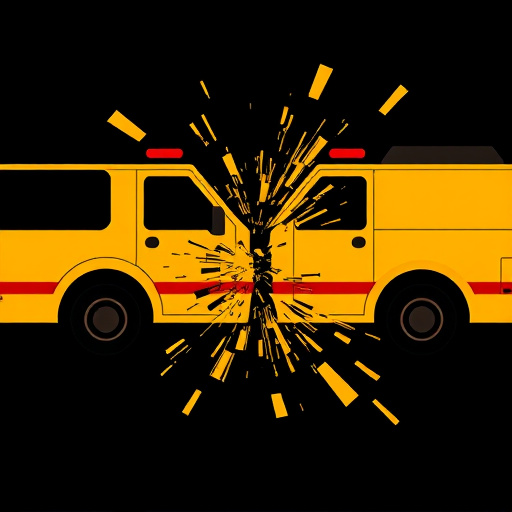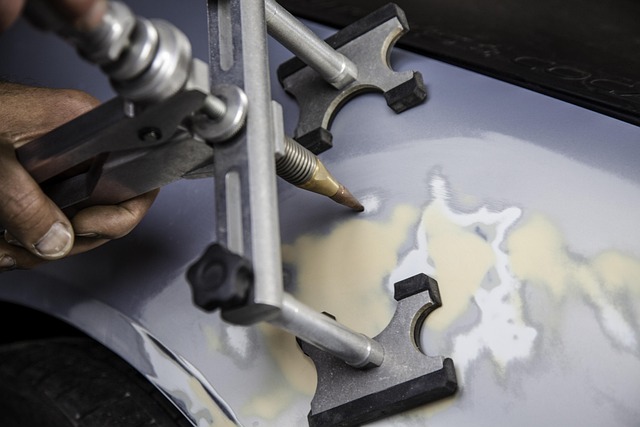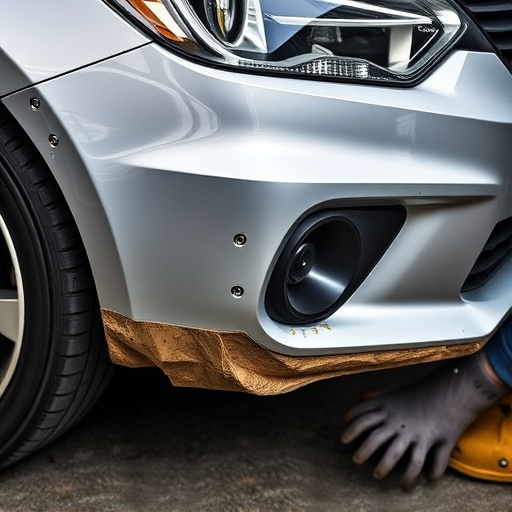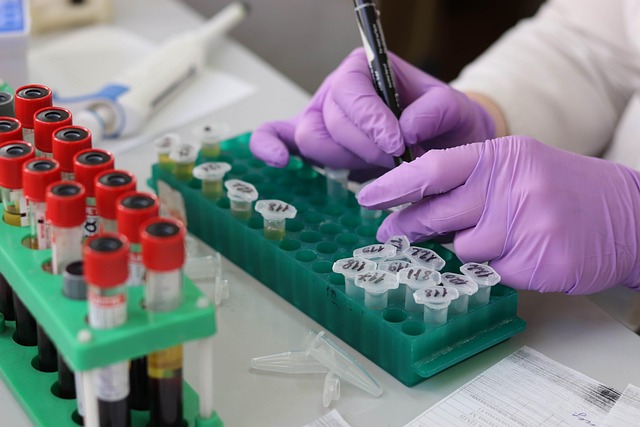Salvage auto body parts, recovered from damaged vehicles, provide an affordable and eco-friendly option for car repairs, ranging from simple to complex components. While quality and compatibility issues exist, professional services embrace these parts as a sustainable solution. Reputable suppliers inspect and test them, ensuring safety, structural integrity, and long-lasting performance, aligning with OEM standards. This makes salvage parts a cost-effective alternative for various bodywork needs.
Are salvaged auto body parts safe for your repair needs? In today’s world, where recycling is a top priority, many drivers are turning to salvage yards for car components. This article explores the safety and quality of using salvaged parts for auto body repairs. We delve into understanding these parts, their advantages, potential risks, and how to ensure you’re getting safe, high-quality pieces. By the end, you’ll be equipped with knowledge to make informed decisions regarding your vehicle’s restoration.
- Understanding Salvage Auto Body Parts
- Advantages and Potential Risks
- Ensuring Safety and Quality Standards
Understanding Salvage Auto Body Parts
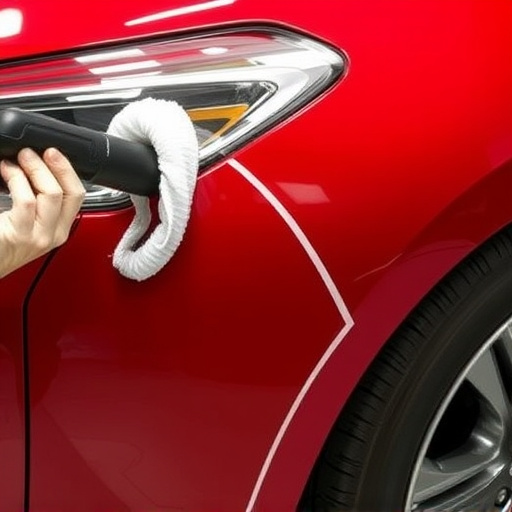
Salvage auto body parts refer to vehicle components recovered from damaged or scrapped cars. These parts can range from simple elements like door handles and headlamps to more complex systems such as engine blocks and transmission mechanisms. Understanding what salvage auto body parts are and their source is crucial when considering their safety for repairs in a car body shop.
When a vehicle experiences a collision or incurs significant damage, it often requires repair or replacement of its various parts. Instead of acquiring new components from manufacturers, many individuals and automotive shops opt for salvage auto body parts as an affordable alternative. This practice not only reduces costs but also promotes environmental sustainability by giving second life to usable car parts. However, ensuring the safety and quality of these used parts is essential for effective vehicle collision repair and maintaining the integrity of the final product, especially when compared to the meticulous process of a car scratch repair.
Advantages and Potential Risks
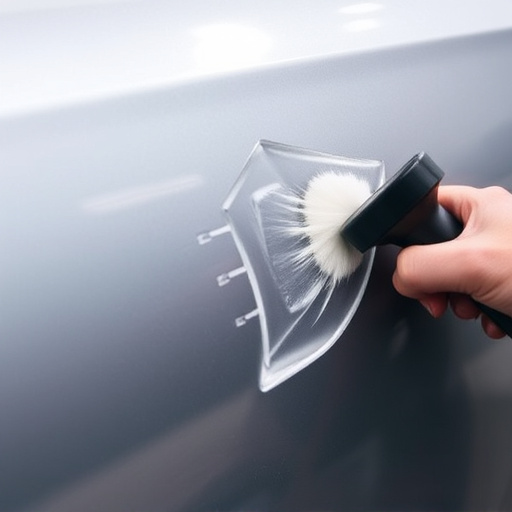
Using salvage auto body parts can offer several advantages for those looking to save money on vehicle repairs. One of the primary benefits is cost-effectiveness; these parts are often significantly cheaper than brand new or factory-reconditioned alternatives, making them an attractive option for budget-conscious car owners. Additionally, availability is another advantage; with a vast network of salvage yards and online platforms, finding specific parts for older or rare vehicles can be easier than ever before. This accessibility ensures that even hard-to-find components are within reach, potentially extending the lifespan of older cars.
However, there are potential risks associated with utilizing salvage auto body parts. Quality is a significant concern; since these parts have been through accidents and may come from various vehicle models, ensuring their reliability and safety can be challenging. Corrosion and wear and tear are common issues, especially in older salvage parts, which could lead to reduced durability and performance. Furthermore, compatibility is crucial for successful installation; incorrect fitting or mismatches with the vehicle’s make and model might result in subpar repairs and potential additional damage. Despite these risks, many professional auto repair services embrace salvage parts as a sustainable and cost-efficient solution, offering expert advice to ensure safe and effective vehicle bodywork repairs.
Ensuring Safety and Quality Standards
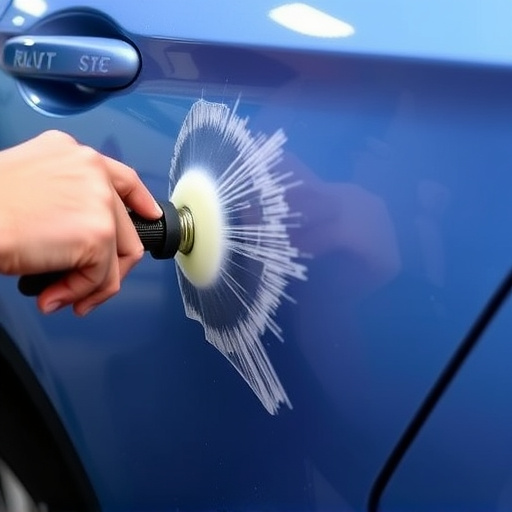
When considering salvage auto body parts for repairs, ensuring safety and adhering to quality standards is paramount. These parts, sourced from vehicles that have been damaged or declared total losses, often come with a range of unknowns. However, reputable suppliers rigorously inspect and test these components to meet specific safety guidelines. This process includes checking for structural integrity, corrosion resistance, and proper functioning after repair or replacement.
Using salvage auto body parts can be an economical option for car scratch repair, dent repair, or general vehicle bodywork needs. Yet, it’s crucial to verify the authenticity and origin of the parts. Reputable suppliers maintain rigorous quality control measures, ensuring that each part meets or exceeds original equipment manufacturer (OEM) standards. This guarantees not only safety but also compatibility and long-lasting performance in your vehicle’s repairs.
When considering the use of salvage auto body parts, it’s clear that there are significant advantages, such as cost-effectiveness and environmental benefits. However, it’s crucial to balance these benefits against potential risks, including quality and safety concerns. By ensuring that all salvaged parts meet strict safety and quality standards, individuals can make informed decisions while promoting the responsible reuse of automotive materials. Understanding both the advantages and drawbacks allows for a more sustainable and secure approach to auto body repairs.
